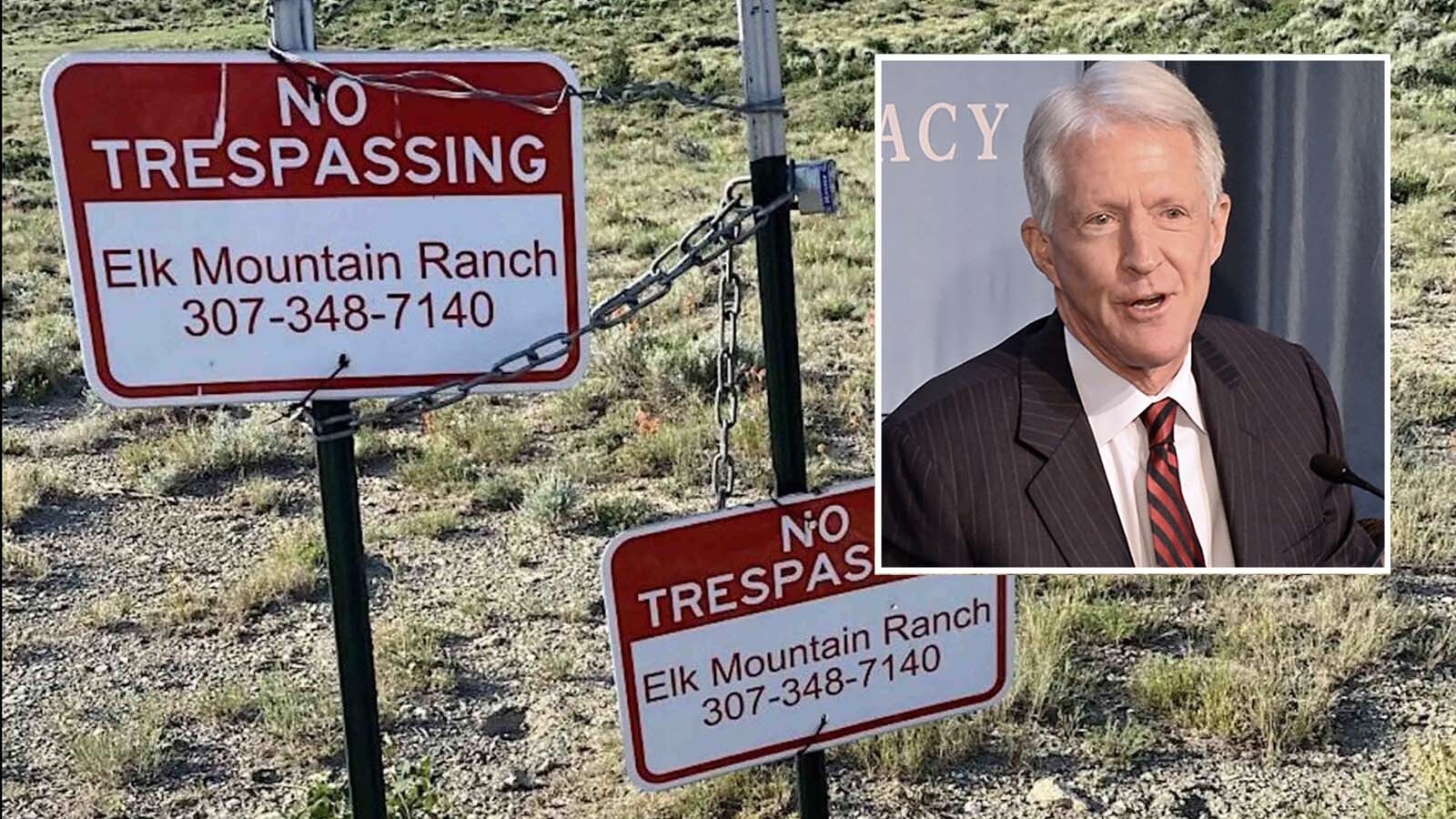It’s probably a good thing that polar bears could never survive in Wyoming, because they’re more likely than grizzlies to see people as food.
Although attacks on humans by both species are rare, recorded polar bear attacks have been primarily predatory. That means the bears were actively trying to kill and eat the people, bear biologist Frank van Manen told Cowboy State Daily.
The topic of polar bears being dangerous to people came up again this month when two polar bears attacked and killed a worker at a remote radar station in the Canadian Arctic.
In many cases, polar bears that attack humans are in poor condition, added van Manen, who is the supervisory research biologist for the U.S. Geological Survey’s Interagency Grizzly Bear Study Team.
Unlike grizzlies, polar bears must hunt and kill to survive. So, if a polar bear is in poor shape and hard up for food, it could pick a human — particularly a lone person — as prey, retired federal ecologist Chuck Neal of Cody told Cowboy State Daily.
“The polar bear is the most carnivorous of all bears. He is an obligate carnivore. He has to be predacious in order to live,” Neal said.
‘Bit His Head In Sunder’
The first recorded fatal polar bear attack in the Russian Arctic in 1595 was horrific, according to an account of the event. The account is included in a 2017 paper on research into polar bear attacks that van Manen cited.
Two members of an expedition party were “lying in a wind-free depression resting” when a polar bear attacked them, according to the account.
The bear fell upon one man and “bit his head in sunder,” the account states. That means the bear’s bite split the man’s head open.
Other members of the party tried swarming the bear with their weapons to drive it off, but it caught another man, “which she tare in peeces (tore to pieces),” which sent the rest of party fleeing in terror, according to the 1595 account.
The research’ paper focused on polar bear attacks from 1870 through 2014, and found relatively few, probably because not many people live in polar bear territory, van Manen said.
“The researchers found records of 73 polar bear attacks during 1870-2014 that resulted in 20 human fatalities and 63 human injuries,” he said. “Overall, this indicates a lower frequency of attacks compared with black and grizzly bears, which makes sense given that polar bear range is sparsely populated by humans.”
Most recently, a man was killed by two polar bears at a remote radar station run by the Nassittug Corp., according to a statement released by the company Aug. 9. The victim’s identity and details of the attack weren’t released.
Attack For Different Reasons
Death by polar bear can be a matter of unfortunate circumstances, Neal said.
“Given the right set of circumstances, a polar bear might see a human as prey,” he said. “A polar bear is, in its natural habitat, a more dangerous bear than any other bear in its natural habitat.
In Wyoming and the rest of the Rocky Mountain West, a common cause of grizzly attacks are bears defending carcasses.
In many cases, a grizzly will find a rotting big game animal and recognize it as a source of many meals. Then when a human comes bumbling along, the grizzly thinks the person is trying to steal his food stash and attacks.
Research has found only one instance of a polar bear attacking a person because the bear was defending a carcass, van Manen said.
Another frequent cause of grizzly attacks is when a mother bear with cubs is surprised at close range and sees the person as a threat to her little ones.
That was in the case in May, when Shayne Patrick Burke, a 35-year-old military veteran from Massachusetts, was mauled by a mother grizzly in Grand Teton National Park.
That attack ended when the grizzly bit into a can of bear spray that Burke was holding behind his neck and the spray exploded in the grizzly’s face.
That’s not the case with mother polar bears, according to the researchers’ paper.
In at least one case, though, a mother polar bear was documented trying to drag a person off as food for her cub.
“We did not find a single case where a female polar bear with cubs had killed a person. However, in one clearly predatory attack, a female with a yearling attacked and dragged off a worker at an exploration camp in Canada’s Norwegian Bay in the dark of the Arctic night,” the paper states.
A co-worker’s quick thinking and heavy construction equipment saved the day, or more accurately, saved the night.
“The victim was saved from being killed by a co-worker who, when alerted, tracked down the bear and drove it off the victim with a front-end loader,” the paper states.
Polar Bears Are Giants, But Grizzlies Still Prevail
Wyoming grizzlies might weigh serval hundred pounds and are certainly nothing to trifle with.
Grizzlies’ cousins, Alaska costal brown bears, can regularly tip the scales at more than 1,000 pounds.
The largest brown bear ever recorded was 1,700 pounds, Neal said.
Polar bears are even larger, by far the largest of bears. A big male polar bear can easily top 1,200 pounds or more.
“There have been polar bears killed that weighed over 2,000 pounds,” he said.
Polar bears are experiencing habitat loss as ice sheets retreat in some places, uncovering shrub tundra.
In those areas, grizzly and polar bear habitat might overlap. And even though polar bears are bigger, grizzlies will likely prevail, Neal said.
That’s because polar bears are meat-only specialists, preying mostly on seals, whereas grizzlies can eat “just about anything they can get their jaws around,” he said.
“The grizzlies are taking over the shrub tundra,” Neal said. “The grizzly is going to be the winner in the competition between the two species.”
Mark Heinz can be reached at mark@cowboystatedaily.com.





